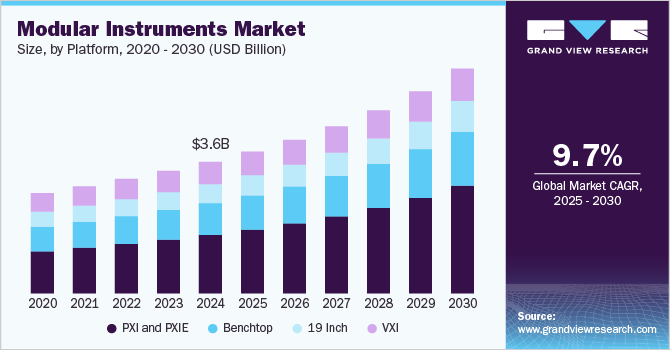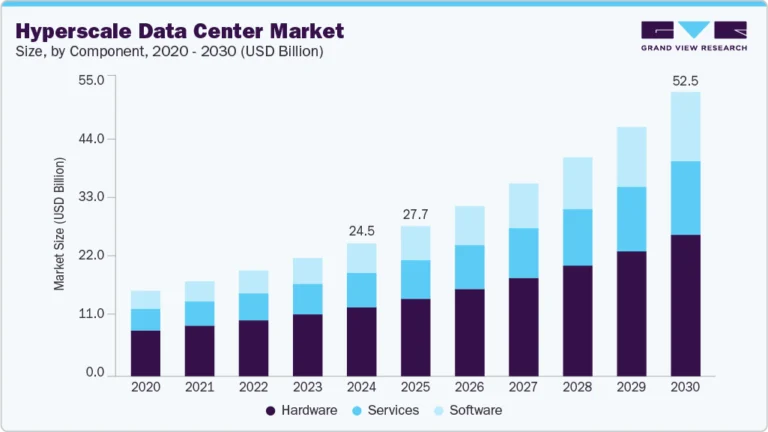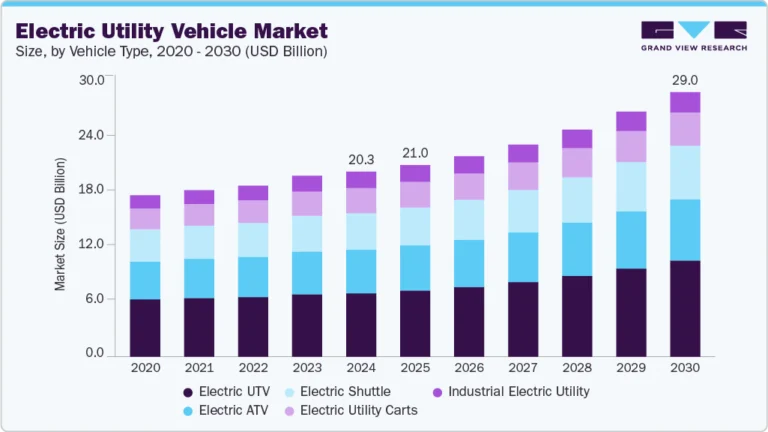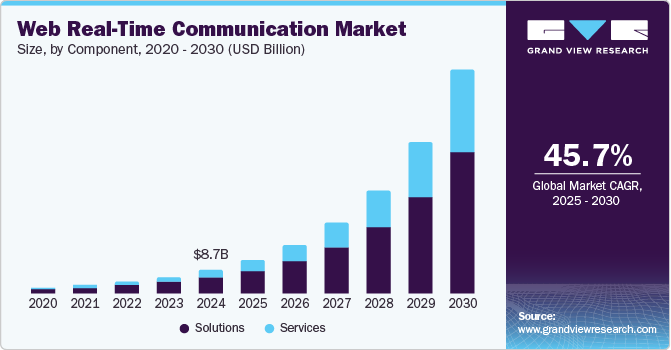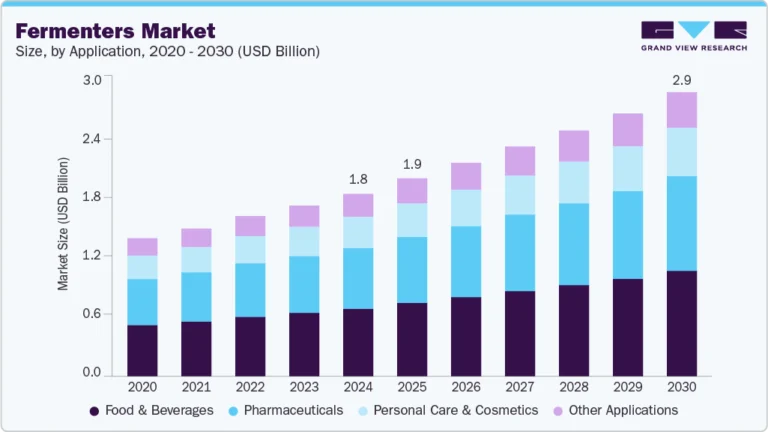Cyber Security Services Market Size, Share & Trends Analysis growing at a CAGR of 13.6% from 2025 to 2030

The global cyber security services market size was valued at USD 75.82 billion in 2024 and is projected to reach USD 156.76 billion by 2030, growing at a CAGR of 13.6% from 2025 to 2030. Advances in Artificial Intelligence (AI), Internet of Things (IoT), and Machine Learning (ML) have led to increased adoption of web applications and mobile apps, subsequently creating more complex IT infrastructure that can be vulnerable to cyberattacks.
Key Market Trends & Insights
- The cyber security services market in North America is driven by increasing cyber threats, stringent regulatory requirements, and the widespread adoption of advanced technologies such as cloud computing and IoT.
- Asia Pacific cyber security services market is anticipated to experience the fastest CAGR over the forecast period.
- Based on service, the professional services segment held the largest revenue share of 70.8% in 2024.
- Based on industry verticals, the defense and government segment led the market in 2024.
Market Size & Forecast
- 2024 Market Size: USD 75.82 Billion
- 2030 Projected Market Size: USD 156.76 Billion
- CAGR (2025-2030): 13.6%
- Asia Pacific: Fastest growing market
Request a free sample copy or view report summary: https://www.grandviewresearch.com/industry-analysis/cyber-security-service-market/request/rs1
To address potential security challenges, organizations are outsourcing security services to detect bugs and analyze the security landscape while efficiently responding to cyberattacks. The need to fix bugs in web applications and mobile apps and mitigate data loss risks associated with cybercrimes is expected to fuel the adoption of cyber security services over the forecast period.
Rising awareness among Small- and Medium-sized Enterprises (SMEs) and advancements in Artificial Intelligence (AI)-powered threat detection are helping address the shortage of skilled cyber security professionals and reducing the high costs of comprehensive solutions. The adoption of managed security services, which provide scalable and cost-effective solutions, has increased significantly, particularly among organizations with limited resources. The surge in Internet of Things (IoT) devices and the expansion of 5G networks are creating more vulnerabilities, driving the need for advanced, adaptable security solutions. Companies are increasingly adopting zero-trust security models, which continuously verify access to systems and data. At the same time, AI and Machine Learning (ML) are transforming the field by enabling faster threat detection, predictive analytics, and real-time responses to cyberattacks.
The proliferation of smartphones and the continued rollout of high-speed internet networks have triggered the adoption of mobile banking apps and apps for health monitoring, shopping, and socializing. Mobile banking induces flexibility in banking practices by allowing users to transact irrespective of their location. Customers can also shop using e-commerce apps and make payments using their smartphones. As the number of smartphone users continues to increase, the preference for banking, shopping, making payments, and socializing via mobile apps is also growing. However, all these applications have also emerged as potential targets for hackers; thereby prompting companies to opt for cyber security services to identify loopholes in the applications, plug the loopholes, and subsequently save users from potential losses.
The number of cyberattacks worldwide shows no signs of abating. At the same time, cyberattacks are getting more sophisticated and the losses stemming from cyberattacks are also increasing. While new networks are being rolled out and existing networks are being expanded, these networks are increasingly becoming vulnerable to cyber threats. This is driving the need for monitoring the networks, critical infrastructures, and digital assets of both small and large enterprises and hunting for potential threats continuously.
Moreover, the instances of cybercrimes are rising in line with the proliferation of digital assets and connected devices. Internet-connected devices are particularly vulnerable to cyber threats. Social media interactions are equally vulnerable to cyber threats and can potentially expose individuals to privacy invasion risks. Privacy threats are particularly increasing as intruders remain keen on acquiring the personal information of individuals through unauthorized access. Penetration testing and bug bounty services help in ensuring that applications are free from bugs and IT infrastructure is in line with the existing enterprise cyber landscape.
Service Insights
The cyber security services market is segmented into professional and managed services. In 2024, the professional services segment held the largest revenue share of 70.8%, which can be attributed to the increasing demand for specialized expertise in areas such as risk assessments, penetration testing, and vulnerability management. The rapid adoption of new technologies such as cloud computing and IoT is driving the need for customized security solutions, prompting businesses to seek expert guidance. The need for regulatory compliance and stricter data protection laws in the cyber security services industry also increases demand for services such as audits and privacy assessments. In addition, the shortage of skilled cybersecurity professionals is leading organizations to rely on external providers for ongoing security monitoring, incident response, and managed services. These services help businesses maintain strong security while focusing on their core operations.

